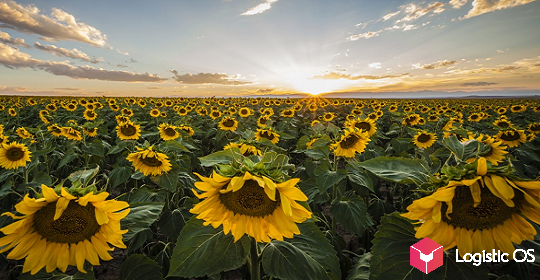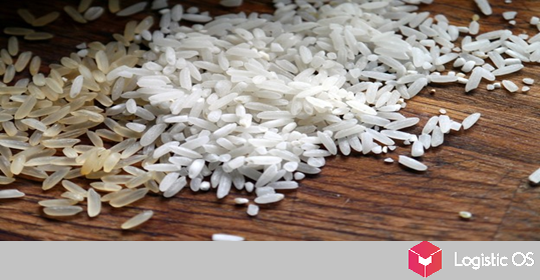Rising prices in the global food market, climate change are factors of changes in traditional crop patterns.
At the moment, farmers are concerned about survival, so no big changes are expected in the current season.
But maintaining profitability is on the agenda and change is brewing.
Last season, the best performance will most likely be with sunflower , the production costs of which are higher than that of wheat, but the price is also more attractive.
Strong results for wheat will be offset by export duties, which are dropping profitability.
In fact, it is still difficult for agricultural producers to calculate how much the duty will cost. But, according to preliminary data, the losses amount to about 3.5 rubles per ton.
Strategically, for example, the Rostov region lays winter wheat in the basis of crops, because its yield is higher.
In addition, it can be sold at any time at world prices.
Sunflower and soybean are also promising.
In Russia, a record area can be sown with sunflower this year, but there will be no overproduction: there are more processing capacities than production volumes.
According to analysts, soybeans will be one of the most promising crops in the coming season.
It is also subject to a duty, but Russia is a net exporter of culture, and the price is formed not from export prices, but from import ones.
In the changing market and climatic conditions, farmers are looking towards alternative crops.
But the South will still remain the main producer of wheat and sunflower, the development of soybean production is promising in the Far East, the central regions can increase the production of hemp and fiber flax.
High prices in the world markets mean that the budget receives super profits while growing expenses of farmers for machinery, fertilizers and agrochemistry, which are not compensated for.
And in the future, this imbalance may become even greater.

